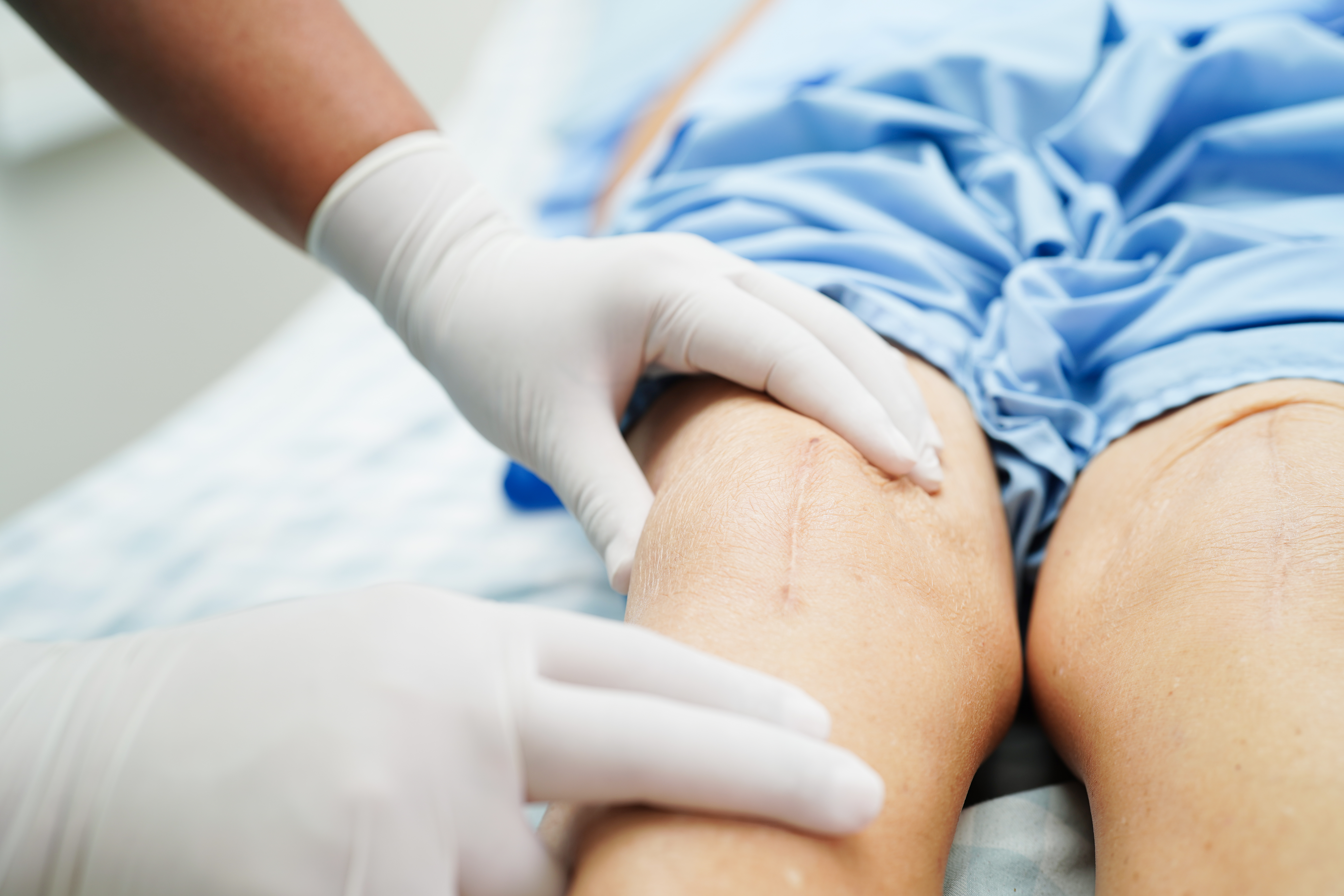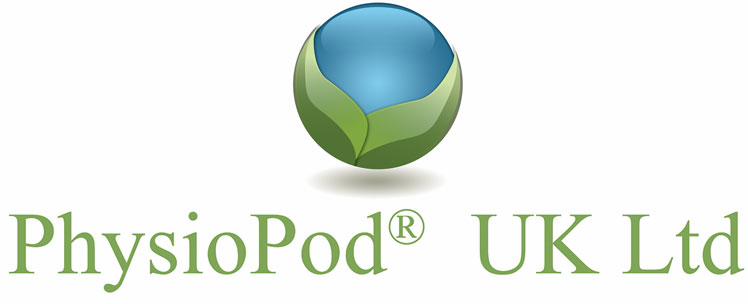DEEP OSCILLATION Enhancing Athroplasty Rehabiliation
Background: Barbra was referred to me by an existing client; prior to her right knee replacement, I had given her some pre-habilitation exercises to get her knee stronger before the operation. This she found helpful and aided in her rehabilitation after her operation.
Rob Mather MCNHC MSTO MFHT
RJM Therapy, 442 Leyland Road, Lostock Hall, Preston, Lancashire, PR55RY, Mobile 07759 090 474
In the month prior to her second knee replacement, I had invested in the Deep Oscillation Personal (Pro Version), this has had numerous research into the benefits of post operative care on wounds and inflammation. So, with this in mind I offered Barbra the treatment, this consisted of three sessions of the therapy before her operation and then six sessions afterwards and is her testimony.
Barbra has been kind enough to provide a written review of her treatment, seen below.
Patient Testimonial
In 2017 I started with sciatica and though I tried to push through this with stretching exercises it finally reached the stage where driving became almost impossible as did my hobby bowling and walking was more ‘hobbling’. A bowling colleague recommended RJM Sports Therapy and having reached desperation stage I rang and got an appointment.
Not knowing Lostock Hall, I was given directions where I met Rob, who watched me hobble across the road. He quickly agreed it was sciatica and began the treatment lasting an hour at which point I walked out feeling free from the debilitating pain that had plagued me for weeks, oh sweet relief!
Rob said unless I felt the need to see him further, he would merely email over exercises to do each day which would aid full recovery, true to his word the exercises were on my computer within hours of my arriving home, I have never had sciatica since.
During this time I had been suffering with further discomfort, bordering on pain, in both my knees which had gradually been worsening over a period of four to five years… moving to a new doctors I was immediately sent for x-rays which showed that I would need knee replacements in both knees within a short period of time.

In November 2022 I had my right knee replaced and with set exercises from the physio the movement and flexibility of my knee improved slowly but surely and would continue to improve as I kept up the exercise regime.
In March 2023 I was given a date in April for my left knee replacement, and it was at this point that Rob contacted me to see if I would consider deep oscillation therapy treatment. Not knowing what it was, let alone how it would work I immediately googled and found that this therapy would both speed up the healing process, reduce significantly pain and swelling and suppress inflammation. Having read all this I concluded that I would be able to compare the healing of the left knee against how the healing of the right knee had been and so I agreed.
I started the treatment prior to the operation on both knees, the right to aid the continued exercises and to help reduce stiffness still apparent and the left to relax the leg muscles in preparation for the operation. The operation went ahead 12th April, and I began the treatment two weeks later.
It is a non-invasive treatment and is gentle, relaxing and pleasant and you wonder how this is actually going to bring about promised results but it does and after the first session of one hour I could immediately see that there was a slight reduction in swelling and that my leg felt lighter in movement.
I have subsequently had six sessions and each time I have noticed a remarked difference and though I did all the same exercises, given by the physio, as with my right leg I can quite truthfully say that these sessions of Deep Oscillation Therapy have speeded the recovery of my knee to the point that at the eight week stage I am walking normally, at my normal speed, covering 10000 steps plus each day. Stairs are now accomplished normally, one foot after the other, and getting up from a seated position is also as normal and for me the ultimate bonus was getting back to my Crown Green Bowling.
With my right knee replacement, I was off crutches at six weeks but getting back to normality took a little longer and the stiffness on sitting for a period also took more time than it would have I had access to this treatment.
I cannot thank Rob enough for suggesting this treatment and I can without any doubt highly recommend sessions of Deep Oscillation Therapy to anyone who has had surgery and wishes to accelerate their recovery.
Barbra

Deep Oscillation therapy can offer various benefits in both pre and post-knee replacement surgery:
Pre-surgery:
1. Pain management: By reducing pain in the knee joint, deep oscillation therapy can enhance pre-operative comfort levels and overall well-being.
2. Promotes tissue relaxation: The gentle oscillation of tissues during therapy can help relax muscles and promote relaxation, which can be particularly beneficial before surgery.
Post-surgery:
1. Reduces swelling and inflammation: Deep Oscillation therapy aids in reducing post-operative swelling and inflammation, allowing for quicker recovery and improved healing.
2. Pain relief: The therapy helps alleviate pain and discomfort in the knee area after surgery, allowing patients to manage pain without relying solely on medications.
3. Enhanced wound healing: By improving blood flow and lymphatic drainage, deep oscillation therapy can support faster wound healing, minimizing scar tissue formation.
4. Reduction in post-operative stiffness: Deep Oscillation of tissues can prevent the formation of adhesions and scar tissue, promoting better joint mobility and reducing stiffness post-surgery.
It's important to note that the specific benefits and outcomes may vary depending on individual circumstances and the advice of healthcare professionals. Therefore, consulting with a healthcare provider or a physical therapist is recommended to understand how to best incorporate deep oscillation therapy into the pre and post-knee replacement surgery routine.
Rob Maher's results echo the finding of this research carried out on 50 patients:


